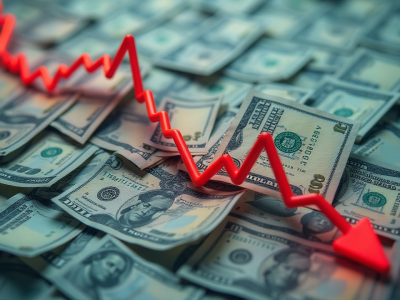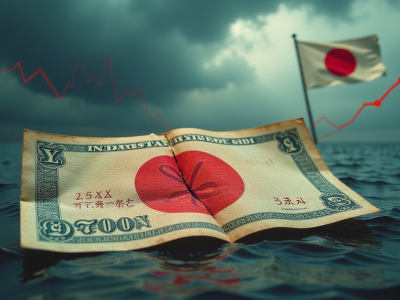
The South African rand has diverged from other high-prominent African currencies this year. The USD/ZAR exchange rate has retreated by over 8% this year to trade at 17.87, close to its lowest point since August last year.
Meanwhile, in Nigeria, the second-biggest economy in the Sub-Saharan region, the naira (NGN) has tumbled to its 1,600 against the US dollar. It has lost over 83% of its value this year and over 350% in the past five years.
The Ghanaian cedi (GHS) has dropped by over 30% this year and over 190% in the past five years. Most notably, the currency has dropped in all weeks since February this year. It has also lost almost 720% of its value since 2013.
South Africa rand soars
The South African rand has bounced back this year as signs show that the economy was doing relatively well.
Most of these gains happened after the country went to an election that led to the first ANC loss in decades. In the aftermath, the ANC formed a deal with the Democratic Alliance, a party that is widely seen as the most pro-business in the country.
The coalition government is working well, leading to more consumer and business confidence. The most recent report showed that the country’s business confidence was improving as it jumped to minus 38, its highest point in over a year.
Confidence has risen for several reasons. Recent economic data showed that inflation has continued to fall, with the Consumer Price Index (CPI) slowing to 4.6%, its lowest level since July last year and down from this year’s high of near 6%. The strong rand has helped this inflation retreat.
At the same time, the load-shedding trend has improved, with the country having power in most days. The government also introduced the two-pot retirement system.
Another report revealed that business activities improved in August, with the S&P Global PMI rising from 49.3 in July to 50.5 in August. There are rising hopes that the South African Reserve Bank (SARB) will start to cut rates later this year.
The South African rand has also jumped after the USD/ZAR exchange rate formed a death cross pattern in May. This pattern forms when the 200-day and the 50-day Exponential Moving Averages (EMA) cross each other and is one of the most bearish signs in the market.
Therefore, the USD/ZAR may continue falling in the coming months, with the next point to watch being at 17.42.
Nigerian naira crash continues
Nigeria, on the other hand, is moving in the opposite direction. Inflation has remained at an elevated level, with the last report showing that the CPI slowed to 33.40% in July. Business and consumer confidence has fallen, leading to social unrest in the country.
The crisis accelerated after last year’s general election in which Bola Tinubu won. He then moved on quickly to reform the economy, by getting rid of oil subsidies that were costing the country billions of dollars annually.
The central bank also devalued the naira as it sought to create a single exchange rate. Before that, there was the official rate and the black market one. In the aftermath, many foreign companies either exited the country or reduced their operations.
With inflation stuck above 30% and with the naira crashing, many Nigerians have opted for foreign currency, especially the US dollar. This happened even as the central bank hiked interest rates to the highest point in years.
Therefore, as we have seen in countries like Argentina, Turkey, and Zimbabwe, it is difficult to boost confidence in a currency that has plunged.
Ghana cedi has imploded
Meanwhile, in Ghana, the local currency has continued to implode this year. The USD/GHS exchange rate soared from last year’s low from 10.47 to 15.8, a record high.
Cedi’s weakness is mostly because of the country’s economic crisis that saw it default on its obligations. Earlier this year, the country reached a deal with creditors, most of who saw big haircuts. As a result, many foreigners are afraid of buying the government’s bonds.
Cedi’s weakness is also mostly because of cocoa, a key foreign exchange earner. While cocoa prices surged earlier this year, they have moderated recently. At the same time, the country had a poor harvest, meaning that its foreign currency inflows will be weak.
On the positive side, there are signs that the International Monetary Fund (IMF) has started disbursing cash to the country, which could support the currency. The World Bank has also earmarked $900 million in resilient recovery development.
These measures have helped to slow the Ghanaian cedi slump as the USD/GHS has moved sideways at around 15 in the past few weeks. In the long-term, however, the pair will likely continue soaring.
The post Here’s why the rand (ZAR) is rising as Nigerian naira, Ghana cedi slump appeared first on Invezz












